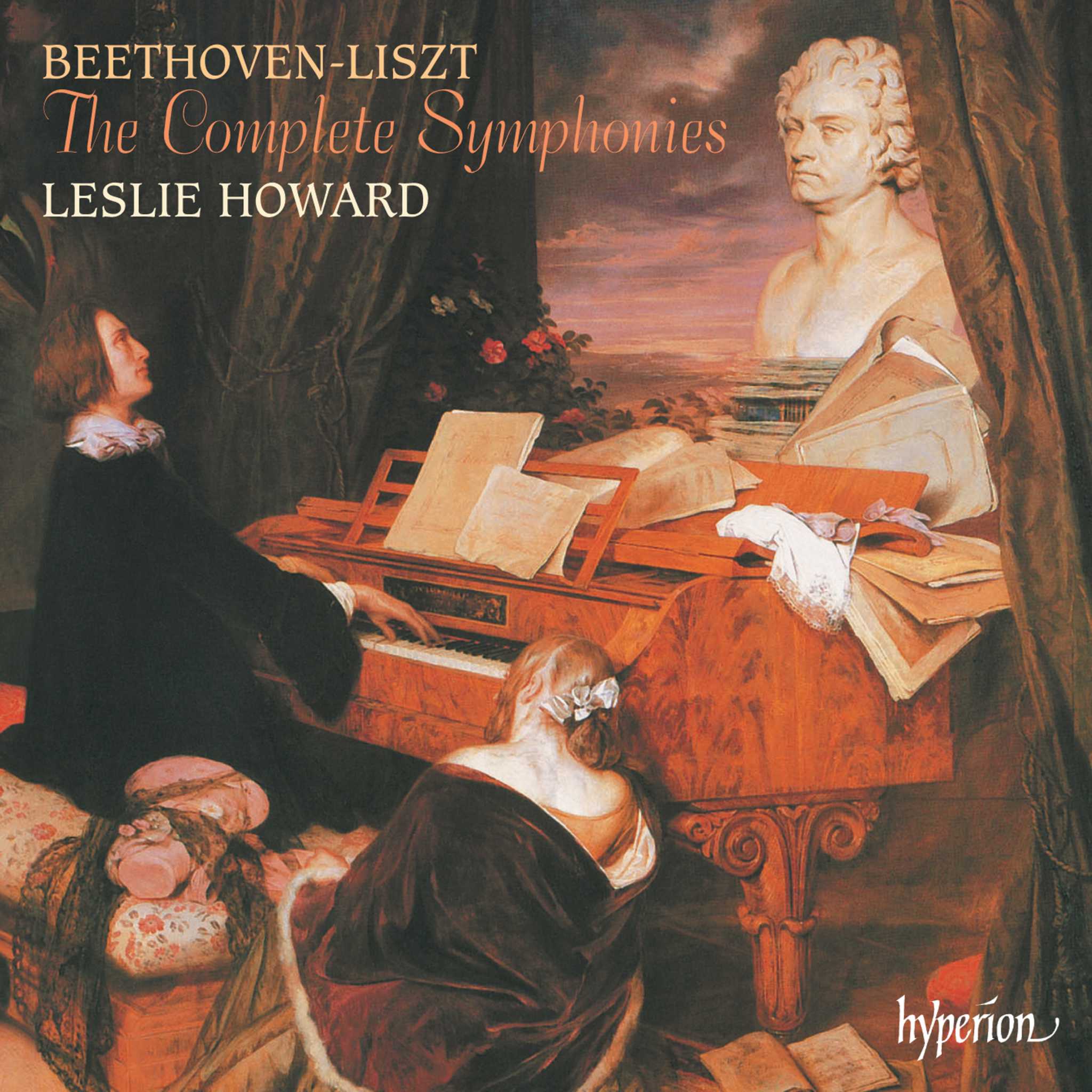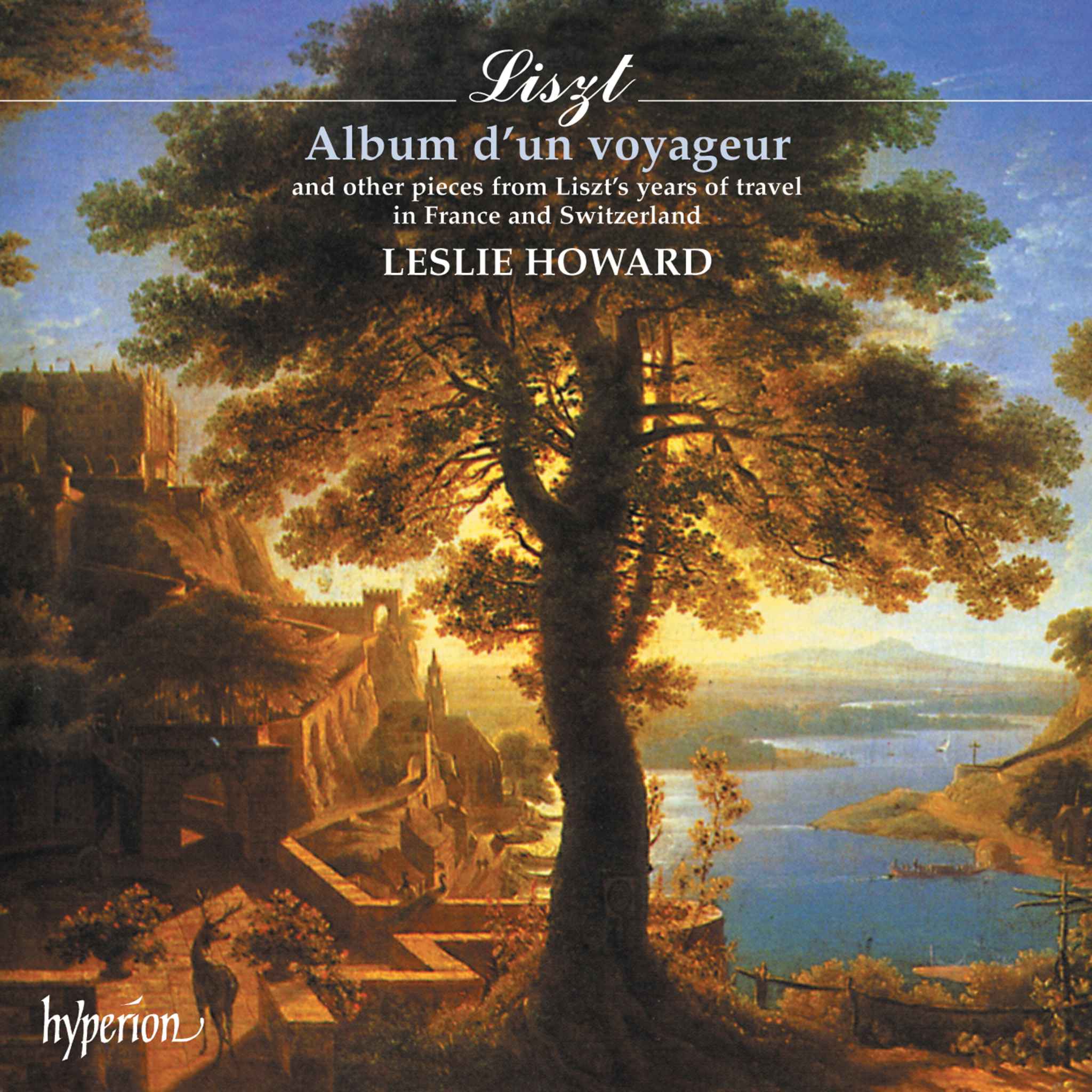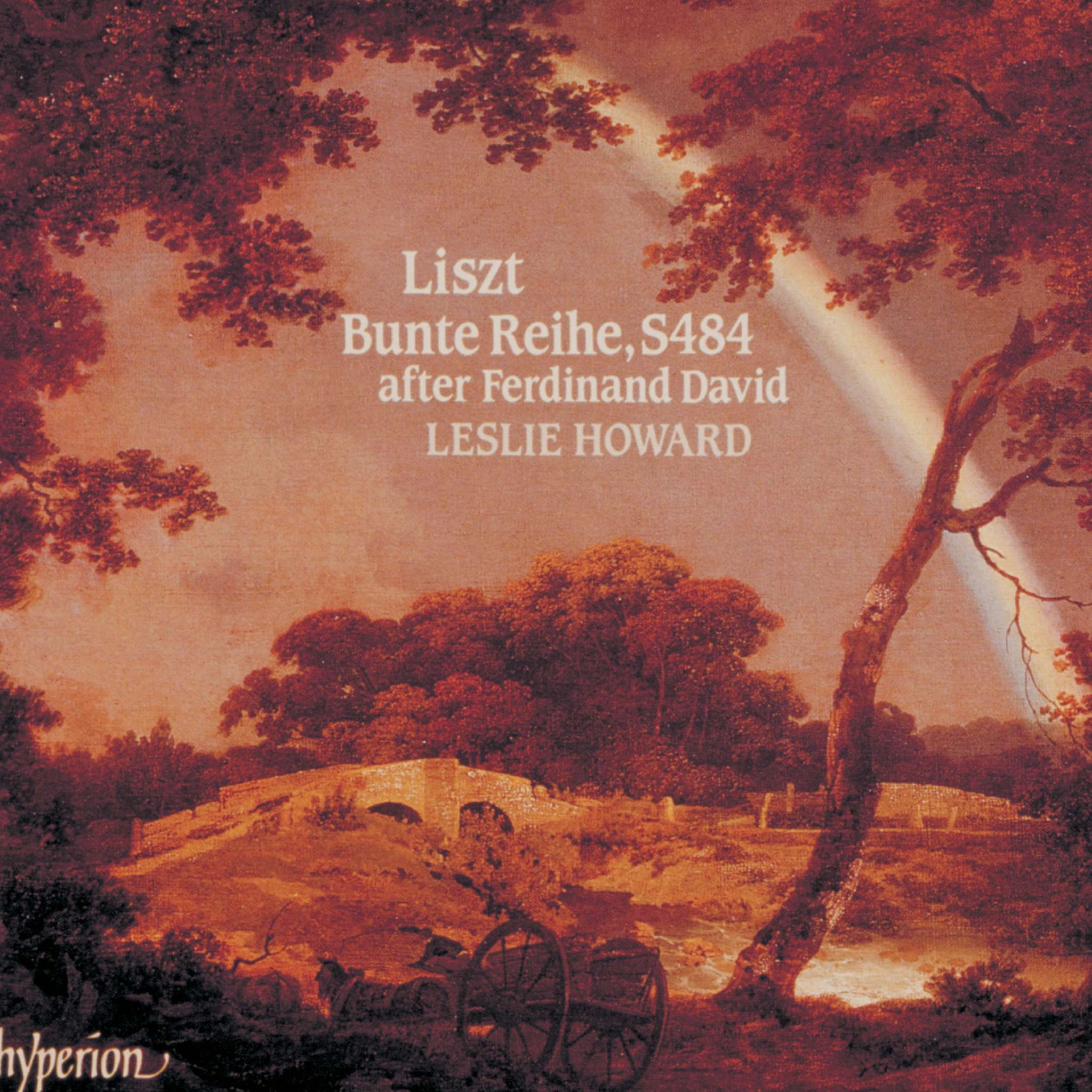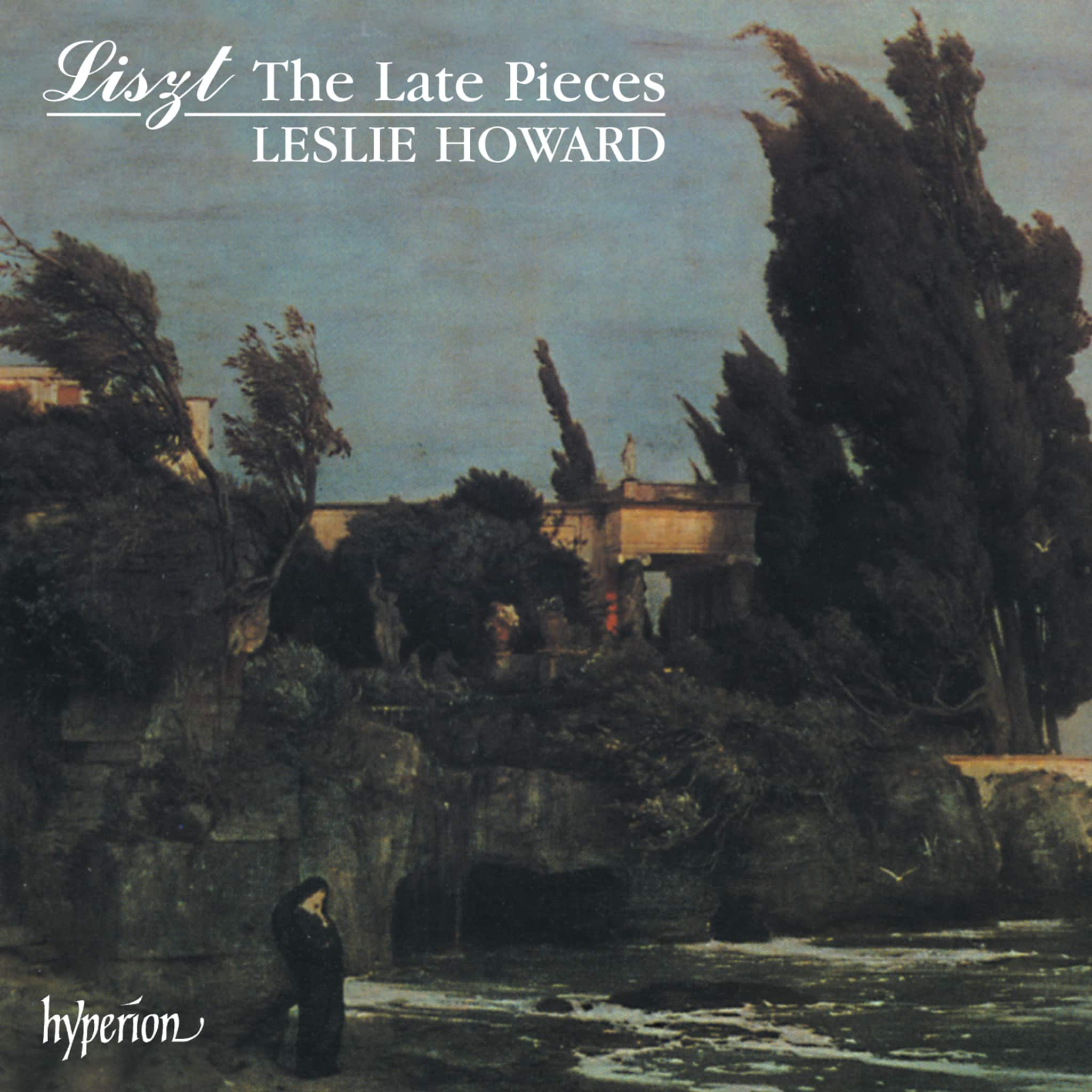Album insights
Among 20th century composers, Stravinsky was known for his deep contemplation on matters of style and methodology. Seeking advice, Christopher Isherwood once approached him with a narrative issue, prompting Stravinsky to suggest finding a role model. Stravinsky's music is rich in examples, ranging from the Firebird's early work to the serial techniques in his later pieces, influenced by Webern and Krenek. Surprisingly, his inspirations are diverse, seen in neoclassical pieces like the Octet or Symphony in C major, and in transcriptions like Pulcinella.
His choice of models was unexpected; commonly associated with his neoclassical works, like the Oktett or the Symphonie in C-Dur, or music transcriptions in Pulcinella. However, the “classical” in “neoclassical” is misleading, as Stravinsky freely drew from various styles, often intentionally defying expectations. His first genuinely neoclassical work, Mavra (1921–22), consciously imitated a style, referencing characteristics of 19th-century Russian music, particularly Glinka and Tchaikovsky. Stravinsky's influence from these composers was evident in Mavra, a one-act opera premiered on the same day as his Parisian letter praising Tchaikovsky and advocating for appreciation of the composer's music.
Stravinsky's work continued to evolve, blending different musical genres with his signature style. His ballet, The Kiss of the Fairy, showcased his avant-garde and postmodernist approach. The cross-pollination of styles in this masterwork challenges listeners to break away from conventional late romantic music interpretation. Stravinsky, with his distinctive skill, embraced diverse influences, infusing them uniquely into his compositions. The final piece, The Fairy's Kiss, remains an intriguing enigma in his impressive repertoire.
Similarly, the narrative of The Fairy's Kiss, echoing traditional ballet storytelling elements, links back to Stravinsky’s departure from such conventions after The Firebird. The ballet's story, though cool and distant in tone, aligns methodically with narration while the music refrains from engaging in a substantial dialogue. This ballet's refined libretto alongside a pseudo-Tchaikovskian score creates an intended sense of detachment and artifice.
The three acts of the ballet unfold a story—a mother wanders with her child during a storm, encountering mystical beings taking the child away. The Ice Fairy kisses the child, setting off a series of events including a village feast, culminating in the reunion between the young man and his betrothed. Each tableau, rich in Tschaikovsky's melodies, unfolds an intricate dance of love and enchantment, leading to a final ethereal journey guided by the Ice Fairy.
While Stravinsky's creation pays homage to the 19th-century ballet tradition, Scènes de ballet subtly references these influences. The piece was commissioned for Billy Rose's Broadway show, revealing a blend of classical ballet elements through a neoclassical lens. The ballet’s playful choreography and distinct musical interplay echo Stravinsky’s innovative yet connective approach.
Stravinsky’s composition “Scènes de ballet” unfolds a series of graceful dance variations, each showcasing the ballerina’s prowess and intricate maneuvering. A blend of pantomimes and solos, interspersed with Tschaikovskian motifs, leads to a grandiose finale exuding Strawinsky's hallmark precision amid quirky provocations.
In a time when familiarity blended with innovation, Stravinsky's ballet for Rose's production stood out among varied acts. Despite contrasting reactions from the audience—applause for popular tunes like Easy to Love and silence for Stravinsky's opus—the ballet achieved significant success during its Broadway run. Stravinsky’s meticulous yet whimsical approach breathed new life into traditional ballet, demonstrating a marriage of classical elements with modern interpretations.






